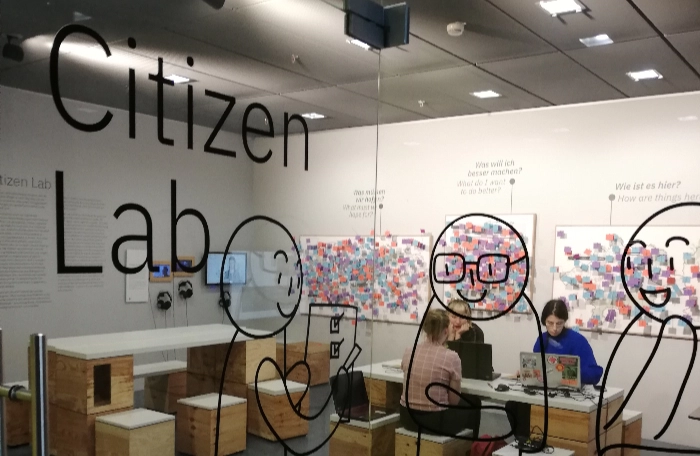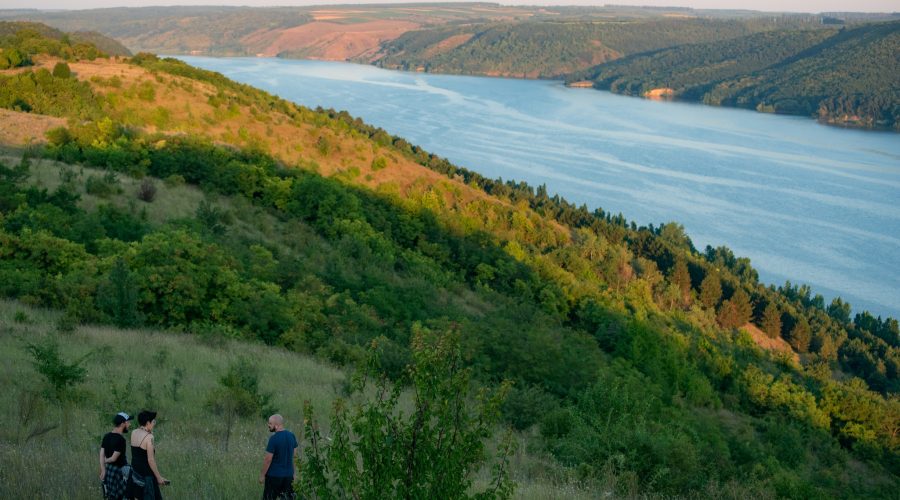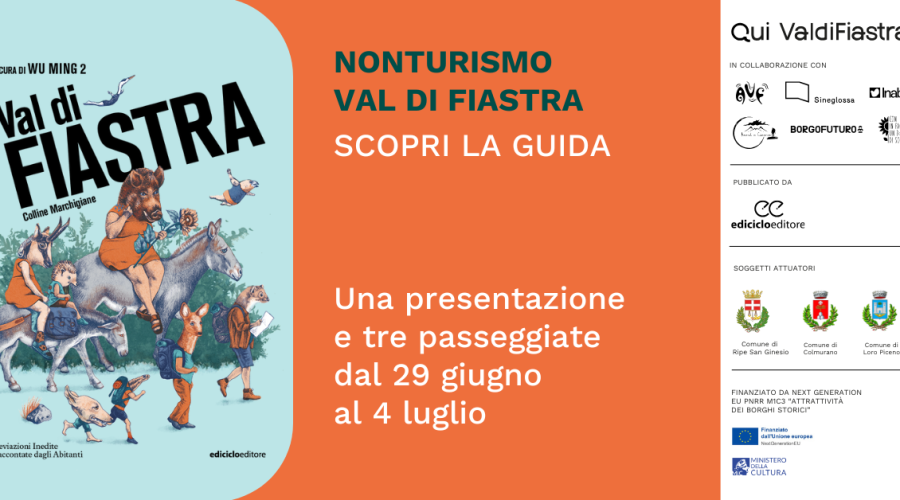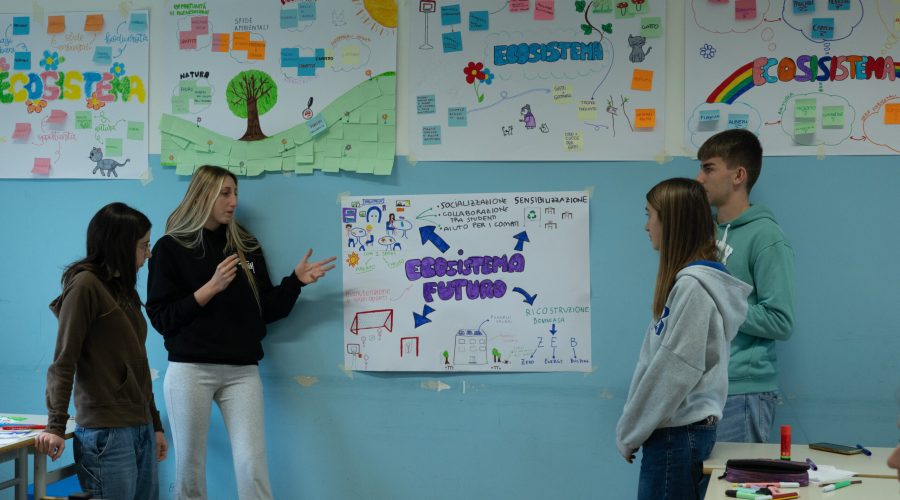What you find in this article
Women in STEM, what doesn’t work
Does it still make sense today to investigate the participation of women in the STEM (Science, Technology, Engineering and Maths) field? According to the data, it does.
According to the Eurostat research covering the period 2019-2020 and recently disseminated as infotainment content by WillMedia, women working in STEM fields represent 41% of the total population employed in these fields and in Italy the share drops to 34%, just like Germany and behind countries such as France, Spain and Portugal. In fact, females neither dream nor feel able to undertake careers in the STEM field, as shown by 2021 ISTAT data for which in Italy, among 6 female graduates between the ages of 25 and 34, only 1 has a degree in scientific subjects (17.6%). The same figure regarding men reaches 33,6%.
In the latest issue of Donata Columbro’s newsletter, the date humanizer mentions Tasmania, the latest novel released by Paolo Giordano, whose protagonist speaks at a world conference dedicated to women in science.
Women entered the scientific world with exactly the same opportunities as males, but quickly lagged behind them. If they were as capable in passing university examinations as their male colleagues, even more then them, their performance in research quickly degraded.
(Tasmania, Paolo Giordano, translation by the author)
And we are not dealing with novels and science fiction when we look at Shefigures’ graphs of 2021. While it is true that at the doctoral degree level, the gender ratio is balanced, a closer glance at the research shows that female PhDs are over-represented in education and under-represented in engineering and technology. Moreover, the percent line of women’s presence falls as the degree and research and teaching contracts increase, both in 2018 and 2015. Those one of men goes up. Thus, we arrive at a representation of less than 25% of women in management roles even in the field of education.
WeSTEAM project
What could be done to improve the status quo? WeSTEAM is an Erasmus+ project aimed at increasing the role of women in science and the attractiveness of science courses for female students. How? Through the STEAM approach.
We know that the STEM field is the sector that contains the field of Science, Technology, Engineering and Mathematics. The STEAM approach adds an A that stands for Art and focuses on the power that art has to foster creative thinking, imagination and design of innovative solutions. The gender gap in STEM education and employment can be countered through art thinking and the renewed awareness that integrating art can bring. For the WeSTEAM project, five cultural organisations and formal and informal education centres (Ars Electronica, Espronceda, Sineglossa, Changemaker and Lulea University) have developed a skills framework for those working in the field of education and training that can be used both in the academic field and in informal settings such as workshops. The framework is a valuable tool for testing the empowerment power of STEAM approach, that is, of training experiences created and validated at the European level.
Best practices STEAM
So, how does this kind of Erasmus+ project get started? Most of the initial work consists of a detailed research, asking questions such as: Are there any similar art science projects? Which are their strengths? And which ones are the weaknesses? Is it possible to draw a methodological framework from them? For the WeSTEAM project, each project partner identified two or three best practices in their own country.
Thus, we discover that in Sweden, at the Teckniska Museet, children aged eight to thirteen can participate in The Mathematical Garden, an exploratory experience in which they can find the mathematics around them in geometric patterns, symmetries and fractals. And in Austria, at Ars Electronica centre, through the Ai&You initiative 15 participants can understand how and how much technology comes into everyday life through the medium of both science and art. And in Italy at the Science Museum, Future Inventors lab offers both physical and virtual educational experiences through installations by internationally renowned artists such as Michael Bromley, Anders Lind, Machiel Veltkamp and Moritz Simon Geist. Other best practices identified include: in Sweden, Play Beyond Play at the Teckniska Museet, and the Exploratoriet-Skelleftea Science Center. In Austria, Archetype Expectation Management, in Italy Liceo STEAM International and in Spain STEAM BCN and Makers per la inclusiò.
The framework developed by Sineglossa
For the WeSTEAM project, Sineglossa was responsible for the development of the skills framework.
After the initial state-of-the-art study and the identification of best practices at European level, a first field research activity was carried out to define the skills framework.
The partners from the cultural and creative sector (Ars Electronica, Espronceda, Sineglossa) organised a focus group with artists, in order to identify the phases, actions and skills that characterise the creative process, and the partners from the scientific sector (Changemaker, University of Lulea) organised a focus group with students from scientific faculties, in order to compare the creative process applied to the artistic field with the one applied to the scientific field. It thus emerged that scientists and artists have much in common when dealing with creative thinking. The process can, then, be divided into four common macro-phases:



